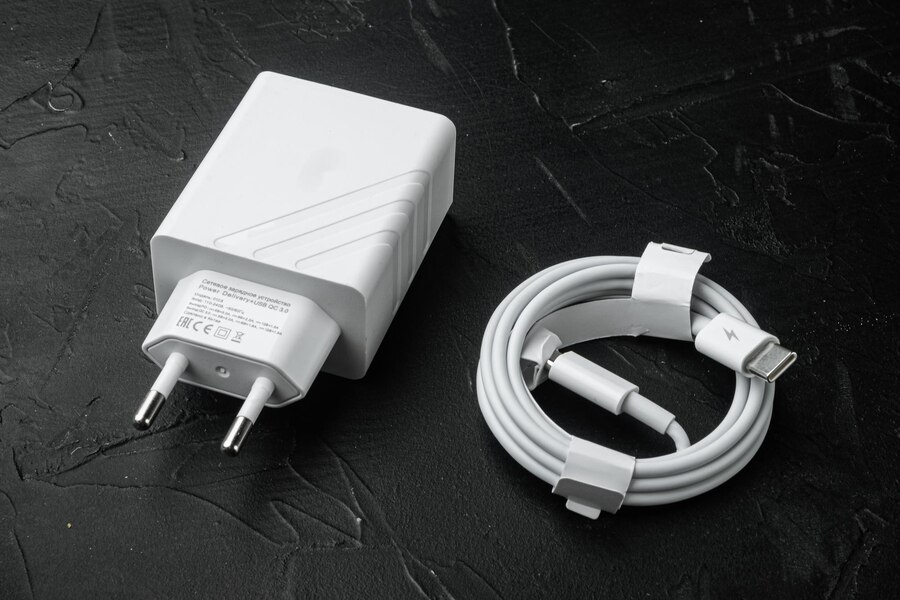In the ever-evolving landscape of technology, where smartphones, tablets, laptops, and an array of gadgets reign supreme, the importance of chargers cannot be overstated. Among the plethora of chargers available, the 5V charger stands as a ubiquitous and indispensable companion, powering our devices and keeping us connected to the digital world. In this comprehensive guide, we delve into the intricacies of 5V chargers, exploring their significance, functionality, types, and much more.
Understanding 5V Chargers
Voltage Essentials
Explaining Voltage in Charging: Voltage serves as the driving force behind the flow of electric current, determining the rate at which energy is transferred to the device. A 5V charger operates at a voltage of 5 volts, which is the standard for most USB-powered devices.
Importance of Compatibility
Device Compatibility: One of the key aspects to consider while selecting a charger is its compatibility with the device. Fortunately, the 5V standard is widely adopted across various consumer electronics, making 5V chargers compatible with a plethora of devices including smartphones, tablets, Bluetooth speakers, and more.
Charger Output and Amperage
Understanding Amperage: Apart from voltage, amperage plays a crucial role in charging efficiency. The amperage rating of a charger determines how quickly it can replenish the battery of a device. Standard 5V chargers typically range from 1A to 2.4A, with higher amperage chargers capable of delivering faster charging speeds.
Types of 5V Chargers
USB-A Chargers
Traditional Form Factor: USB-A chargers represent the conventional style of chargers, featuring a rectangular shape with a single USB-A port. These chargers are commonly found accompanying smartphones and other portable electronic devices.
USB-C Chargers
The Future of Charging: With the advent of USB-C technology, a new generation of chargers has emerged. USB-C chargers offer faster charging speeds and greater versatility due to their reversible connector design, making them increasingly popular among modern devices.
Wireless Chargers
Cutting the Cord: Wireless chargers have gained traction in recent years, offering the convenience of charging without the need for cables. While most wireless chargers operate at 5V, they utilize induction or resonance technology to transfer power wirelessly to compatible devices.
Factors Influencing Charger Selection
Charging Speed
Fast Charging Technology: In today’s fast-paced world, the need for rapid charging solutions is more prevalent than ever. Manufacturers have responded by introducing technologies such as Qualcomm Quick Charge and USB Power Delivery (PD), enabling faster charging while maintaining compatibility with 5V chargers.
Portability and Form Factor
On-the-Go Charging: Portability is a crucial consideration, especially for individuals who are constantly on the move. Compact and lightweight 5V chargers offer the convenience of easy transportation, ensuring that your devices remain powered wherever you go.
Safety and Reliability
Prioritizing Safety: When it comes to electrical devices, safety should always be a top priority. Opting for chargers from reputable brands and adhering to industry standards such as UL certification ensures that your devices are protected from potential hazards like overheating and short circuits.
Maximizing Charger Efficiency
Avoiding Overcharging
Preserving Battery Health: Overcharging can degrade the battery life of your devices over time. To mitigate this risk, it’s advisable to disconnect your device from the charger once it reaches full capacity or utilize features like battery management systems (BMS) found in some chargers.
Optimizing Charging Cycles
Strategic Charging Practices: Implementing smart charging practices, such as avoiding extreme temperatures and maintaining moderate battery levels, can prolong the lifespan of your device’s battery and optimize charging efficiency.
Future Trends and Innovations
Growth of USB-C
Universal Adoption: USB-C is poised to become the standard interface for charging and data transfer across a wide range of devices, promising greater compatibility and convenience in the future.
Advancements in Fast Charging
Pushing the Limits: As consumer demand for faster charging solutions continues to escalate, manufacturers are investing in research and development to unlock new technologies capable of delivering unprecedented charging speeds while maintaining energy efficiency.
Conclusion
The 5V charger serves as a cornerstone of modern technology, facilitating the seamless integration of electronic devices into our daily lives. From smartphones to laptops, the ubiquity and versatility of 5V chargers make them indispensable accessories for consumers worldwide. By understanding the fundamentals of 5V chargers and staying abreast of emerging trends and innovations, consumers can harness the full potential of their devices while ensuring optimal performance and longevity.







